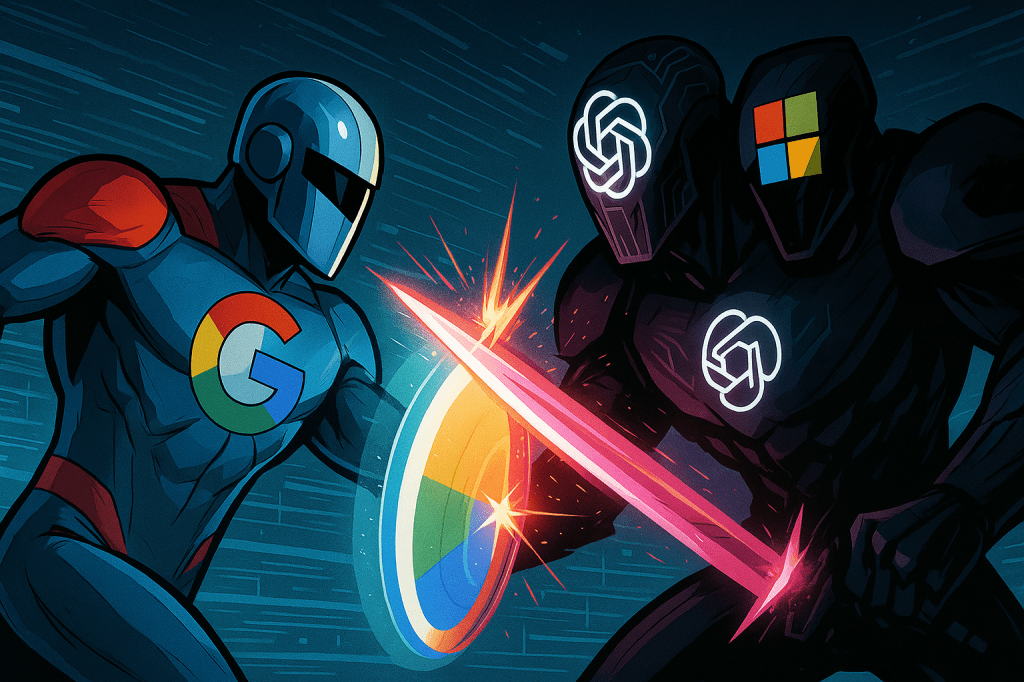Unlocking the Future of AI Calculus: Google’s 80% Cost Advantage vs. OpenAI’s Expansive Ecosystem
In the rapidly evolving landscape of artificial intelligence, the competition between Google and OpenAI has intensified, especially following the recent innovations in AI technology. This article delves into the significant factors that shape the Google vs OpenAI ecosystem battle, focusing on cost advantages, strategic approaches, and potential risks associated with AI models for enterprises.
Understanding the Google vs OpenAI AI Ecosystem
The rivalry between Google and OpenAI represents a crucial chapter in the development of AI technologies. Each organization brings unique strengths to the table, influencing how AI is integrated into various industries.
Cost Advantage: TPU vs GPU
One of the key elements in the Google vs OpenAI comparison is the cost structure related to AI processing units. Google has a distinct advantage with its Tensor Processing Units (TPUs), which are designed specifically for machine learning tasks. In contrast, OpenAI primarily utilizes Graphics Processing Units (GPUs). Here’s why this difference matters:
- Efficiency: TPUs offer enhanced processing efficiency, leading to faster training times for AI models.
- Cost-effectiveness: The operational costs associated with TPUs are generally lower than those of GPUs.
- Scalability: Google’s infrastructure allows for seamless scaling of TPU resources to meet demand.
Strategic Approaches in AI Development
Both companies have adopted distinct strategies to advance their AI capabilities:
- Google: Focuses on integrating AI across its product suite, leveraging its vast data resources to improve user experiences.
- OpenAI: Concentrates on developing cutting-edge models like GPT-3, emphasizing the ethical implications and safety of AI technologies.
Model Risks for Enterprises
As businesses increasingly adopt AI solutions, understanding the associated risks is critical. Here are some potential risks enterprises face:
- Data Privacy: Concerns regarding data handling and user privacy can pose significant challenges.
- Model Bias: AI models may inadvertently perpetuate biases present in training data, leading to skewed outcomes.
- Dependence on Technology: Over-reliance on AI systems can result in vulnerabilities if these systems fail or are compromised.
Conclusion: The Future of AI Competition
The ongoing competition between Google and OpenAI is likely to shape the future of artificial intelligence. With Google’s cost advantages and OpenAI’s commitment to ethical AI, both organizations are poised to influence the industry’s direction. For businesses looking to integrate AI solutions, understanding these dynamics is essential for making informed decisions.
For more insights on AI developments, visit our AI News section or explore TechCrunch for the latest technology updates.







